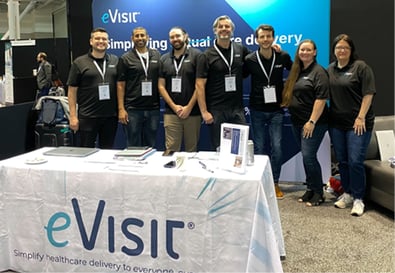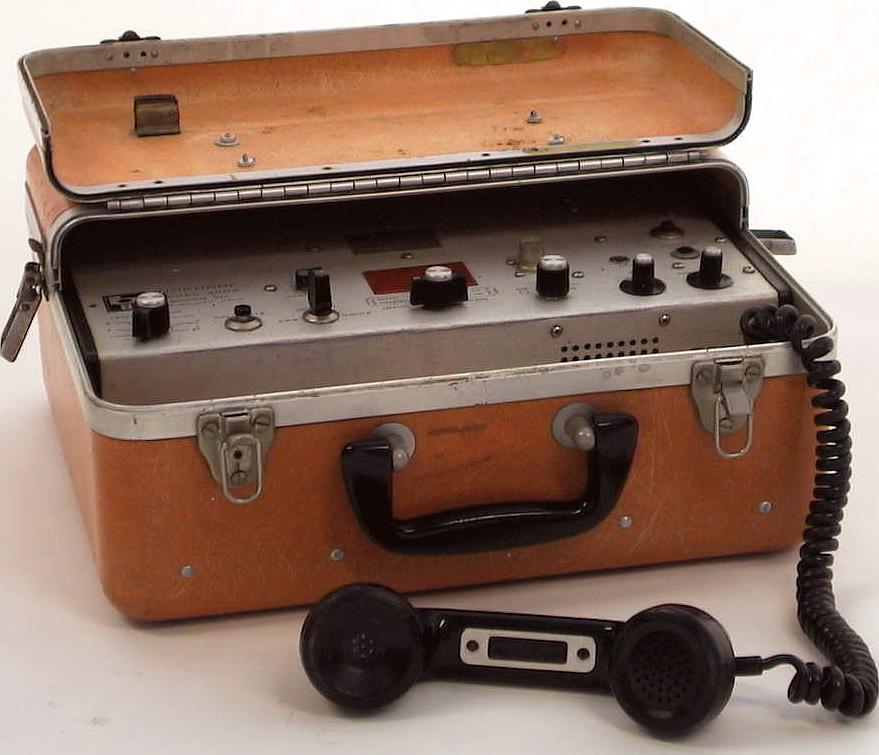From brick-and-mortar to click-and-mortar
More than two years into the pandemic, hospital systems, integrated care organizations, physician groups, and individual practitioners understand that the days of 100% in-person care are over. In its place, hybrid care—a practical mix of in-person encounters and technology-enabled services—is the future of healthcare delivery.
Yesterday, brick-and-mortar. Today, click-and-mortar.
Nowhere was this more evident than at this week’s 2022 American Telemedicine Association (ATA) Conference and Expo in Boston. Conference attendees experienced everything from thought-provoking plenary sessions about the future of care delivery to hands-on workshops with practical solutions they could begin implementing almost immediately.
As a top-level member of the ATA, eVisit was humbled at the amount of interest we received from the many healthcare operations professionals, physicians, nurses, and healthcare IT experts who visited our booth. Here’s what we learned from them.
More time with patients means better outcomes
“Providers are increasingly migrating from short-term, COVID-driven telemedicine solutions to those that are built very intentionally and executed much more precisely,” said Director of Sales Strategy Meredith Leedham. “And it’s not just in the name of efficiency and profits. The people I spoke to demonstrated a deep desire to do hybrid care the right way for all the right reasons—better health outcomes. Leaders in the care delivery space are implementing hybrid care in a way that maximizes provider time with patients—a strategy that also results in higher patient satisfaction rates and decreased physician burnout.”
EHR-based telemedicine solutions were not designed for patients
“I had the good fortune to attend ATA in Boston and HIMSS22 in Orlando just a couple of months prior,” said Director of Implementation Jason Weinrich. “Those I spoke to in March were very focused on electronic health records (EHRs)—the lifeblood of many workflows but never really designed to engage directly with patients. Perhaps due to the nature of the ATA conference, those I spoke to this week didn’t even mention EHRs. They were much more concerned with the overall consumer experience fueled by technology that was built with the patient in mind.”
Despite reimbursement uncertainty, patients want a digital front door
“Due to the emergency declaration potentially ending this year, a lot of the conversations I had with conference-goers focused on whether telemedicine would still make financial sense to implement on a more permanent basis,” said Senior Director of Product Jake Boddeker. “From a regulatory perspective, I think we’ll see a groundswell of support for a formal and permanent reimbursement model for technology-enabled healthcare services. Even if that takes some time, we’re already seeing the rapid evolution of healthcare consumerism result in patients ‘voting’ with their dollars. Providers who welcome the logistical challenges of implementing a digital front door—that is, patient-initiated care—are likely to be the real winners going forward.”
Learn More
Whether or not you attended this fantastic event, we’d love to learn about your challenges related to virtual and hybrid care. Set up a consultation today.







